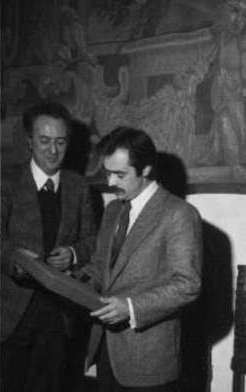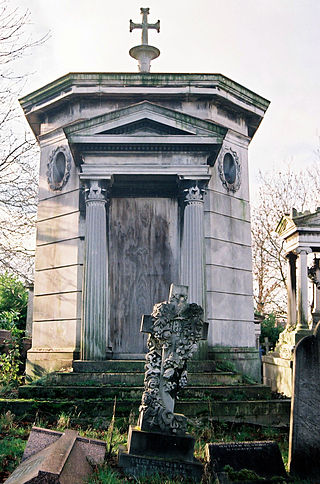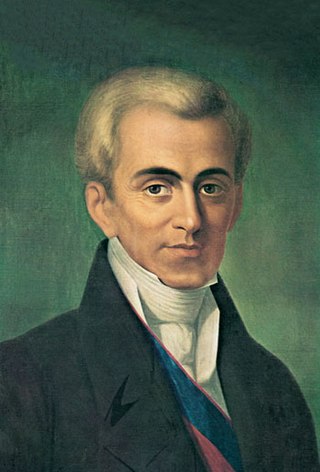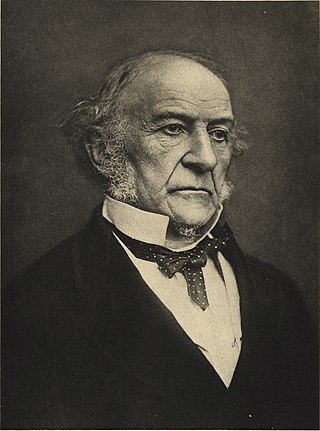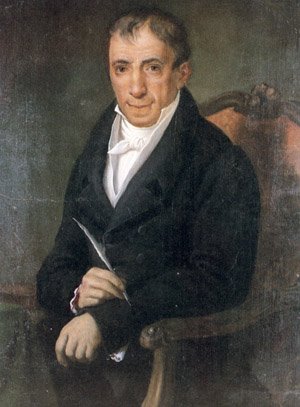Self-guided Sightseeing Tour #2 in Athens, Greece
Legend
Guided Free Walking Tours
Book free guided walking tours in Athens.
Guided Sightseeing Tours
Book guided sightseeing tours and activities in Athens.
Tour Facts
1.2 km
25 m
Experience Athens in Greece in a whole new way with our self-guided sightseeing tour. This site not only offers you practical information and insider tips, but also a rich variety of activities and sights you shouldn't miss. Whether you love art and culture, want to explore historical sites or simply want to experience the vibrant atmosphere of a lively city - you'll find everything you need for your personal adventure here.
Activities in AthensIndividual Sights in AthensSight 1: Alexandros Panagoulis
Alexandros Panagoulis was a Greek politician and poet. He took an active role in the fight against the Regime of the Colonels (1967–1974) in Greece. He became famous for his attempt to assassinate dictator Georgios Papadopoulos on 13 August 1968, but also for the torture to which he was subjected during his detention. After the restoration of democracy, he was elected to the Greek parliament as a member of the Centre Union (E.K.).
Sight 2: Panagis Vallianos
Panayis Athanase Vagliano was a Greek merchant and shipowner, acclaimed as the 'father of modern Greek shipping'.
Sight 3: Museum and Study Centre of the Greek Theatre
The Museum and Study Centre of the Greek Theatre is a museum in Athens, Greece. It was founded by the historian of the Greek Theatre, Yiannis Sideris in 1938.
Sight 4: Kostis Palamas
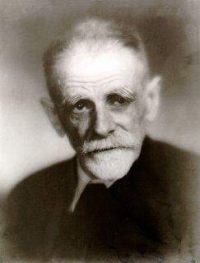
Kostis Palamas was a Greek poet who wrote the words to the Olympic Hymn. He was a central figure of the Greek literary generation of the 1880s and one of the cofounders of the so-called New Athenian School along with Georgios Drosinis and Ioannis Polemis.
Sight 5: Rigas Feraios
Rigas Velestinlis or Feraios was a Greek writer, politician, thinker and revolutionary. He is considered a national martyr and a forerunner of the Greek Revolution of 1821.
Sight 6: Ioannis Kapodistrias
Count Ioannis Antonios Kapodistrias, sometimes anglicized as John Capodistrias, was a Greek statesman who was one of the most distinguished politicians and diplomats of 19th-century Europe.
Sight 7: William Gladstone
William Ewart Gladstone was a British statesman and Liberal Party politician. In a career lasting over 60 years, he was Prime Minister of the United Kingdom for 12 years, spread over four non-consecutive terms beginning in 1868 and ending in 1894. He also was Chancellor of the Exchequer four times, for over 12 years. Apart from 1845 to 1847, he was a Member of Parliament (MP) from 1832 to 1895 and represented a total of five constituencies.
Sight 8: Πατριάρχης Γρηγόριος Ε΄
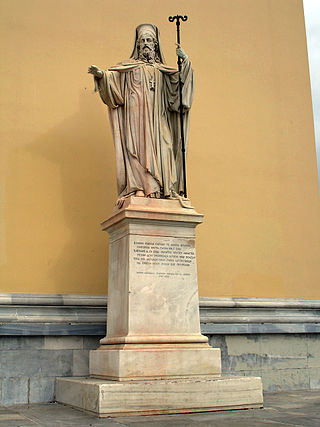
The statue of Patriarch Gregory V is the work of sculptor George Fytalis.
Sight 9: Adamantios Korais
Adamantios Korais or Koraïs was a Greek scholar credited with laying the foundations of modern Greek literature and a major figure in the Greek Enlightenment. His activities paved the way for the Greek War of Independence and the emergence of a purified form of the Greek language, known as Katharevousa. Encyclopædia Britannica asserts that "his influence on the modern Greek language and culture has been compared to that of Dante on Italian and Martin Luther on German".
Share
Disclaimer Please be aware of your surroundings and do not enter private property. We are not liable for any damages that occur during the tours.
GPX-Download For navigation apps and GPS devices you can download the tour as a GPX file.
